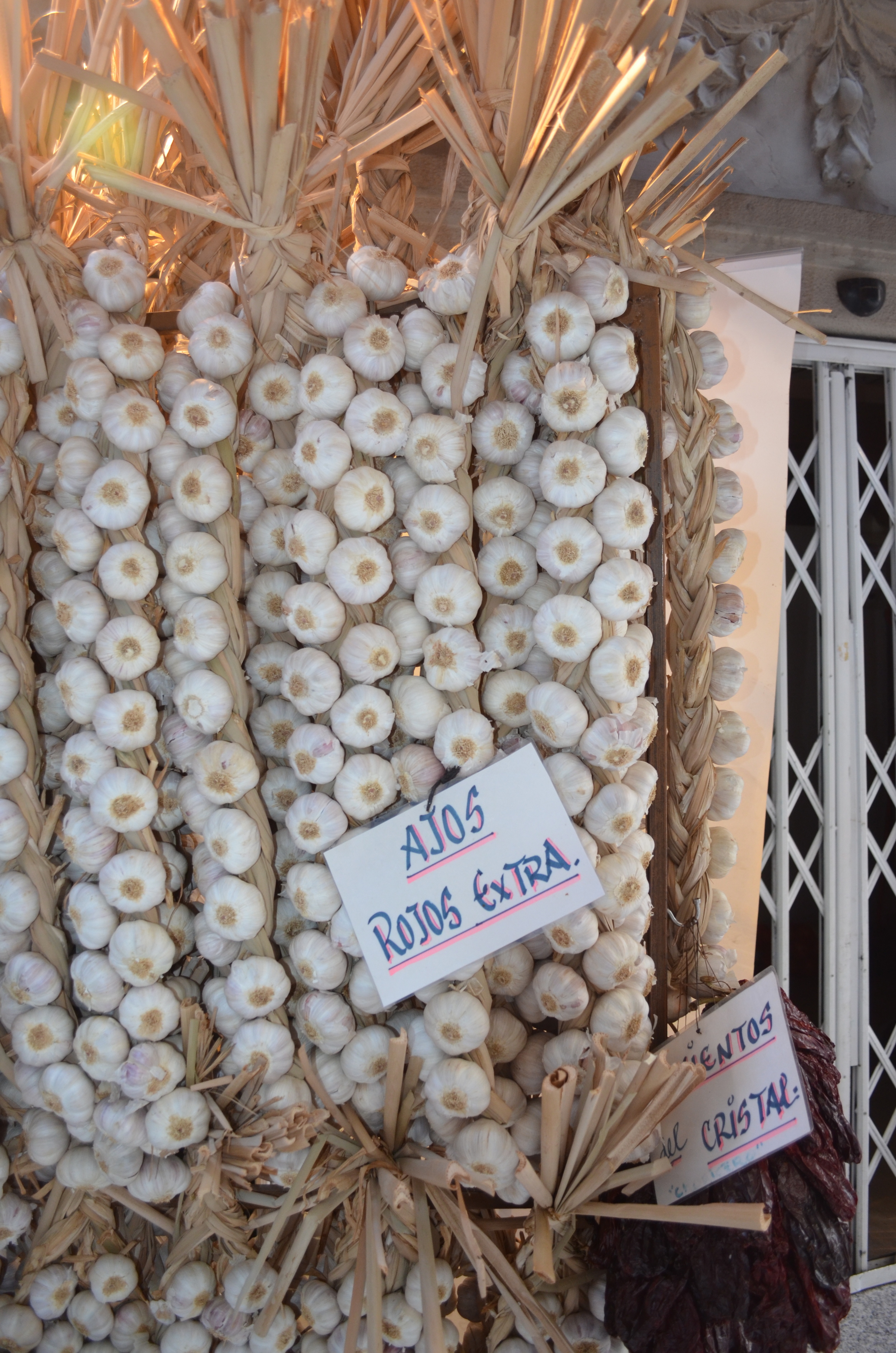The Mediterranean diet was formally accepted in November by Unesco and is now on the Representative List of the Intangible Cultural Heritage of Humanity. The definition of the Mediterranean diet from Unesco emphasizes not only the food that is prepared but also the raising, harvesting, processing and conserving of the food products. And importantly, the definition includes the crucial aspect in Mediterranean cultures: that of "eating together".
Eating together is the foundation of the cultural identity and continuity of communities throughout the Mediterranean basin. It is a moment of social exchange and communication, an affirmation and renewal of family, group or community identity. The Mediterranean diet emphasizes values of hospitality, neighbourliness, intercultural dialogue and creativity, and a way of life guided by respect for diversity.
That a key feature of the Mediterranean diet is the social component of food and food-related traditions affirms the importance of people in this intangible cultural heritage. This does not mean that the diet cannot be adopted by people from Hong Kong to New York, as a set of eating principles. With the availability of Mediterranean products across the globe and the awareness of the Mediterranean diet, eaters and chefs can prepare dishes fairly true to the food's origins. What cannot be easily replicated is the lifestyle aspect of the Mediterranean diet. The communal eating, the market or small producer shopping, the proximity to the products, the traditional knowledge of when, how and why you use certain products or prepare certain recipes, the home preparation and conservation of products from anchovies to olive oil to liqueurs, and the food-centered festivals. That doesn't make the diet any less valuable as an appealing and healthy way of eating, but I would hope that the lifestyle aspects–the stories of the makers and of the places of origin, of the traditions surrounding the food–could be transmitted hand in hand with the products and the recipes.
From Unesco:
The Mediterranean diet constitutes a set of skills, knowledge, practices and traditions ranging from the landscape to the table, including the crops, harvesting, fishing, conservation, processing, preparation and, particularly, consumption of food. The Mediterranean diet is characterized by a nutritional model that has remained constant over time and space, consisting mainly of olive oil, cereals, fresh or dried fruit and vegetables, a moderate amount of fish, dairy and meat, and many condiments and spices, all accompanied by wine or infusions, always respecting beliefs of each community. However, the Mediterranean diet (from the Greek diaita, or way of life) encompasses more than just food. It promotes social interaction, since communal meals are the cornerstone of social customs and festive events. It has given rise to a considerable body of knowledge, songs, maxims, tales and legends. The system is rooted in respect for the territory and biodiversity, and ensures the conservation and development of traditional activities and crafts linked to fishing and farming in the Mediterranean communities which Soria in Spain, Koroni in Greece, Cilento in Italy and Chefchaouen in Morocco are examples. Women play a particularly vital role in the transmission of expertise, as well as knowledge of rituals, traditional gestures and celebrations, and the safeguarding of techniques.














